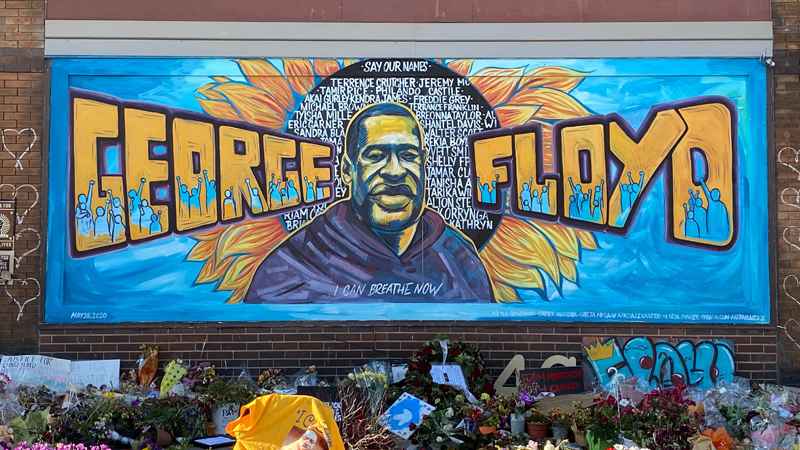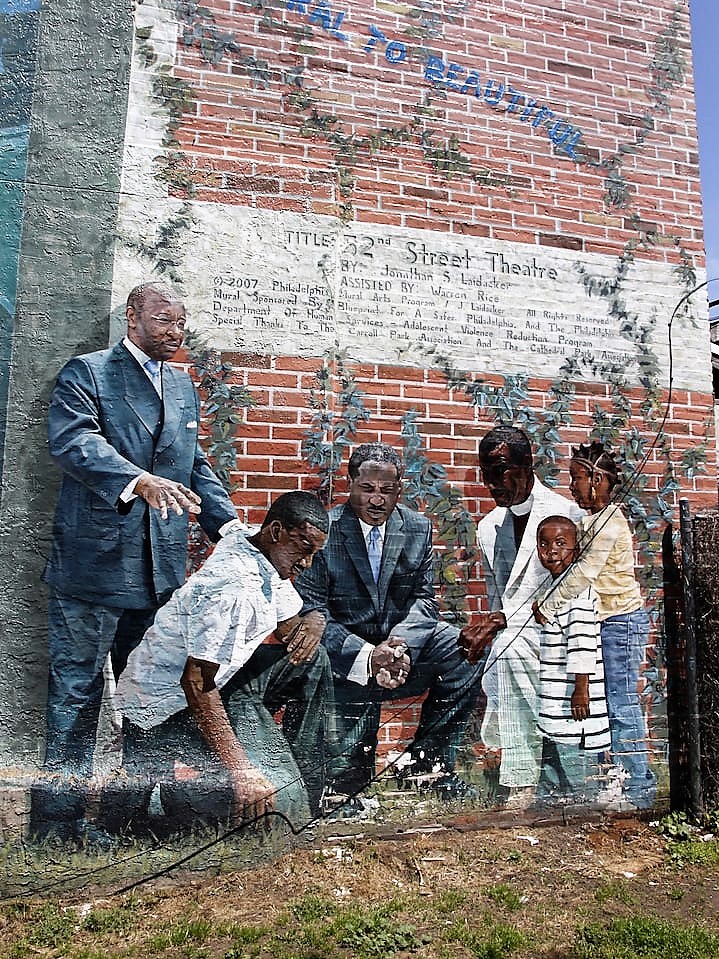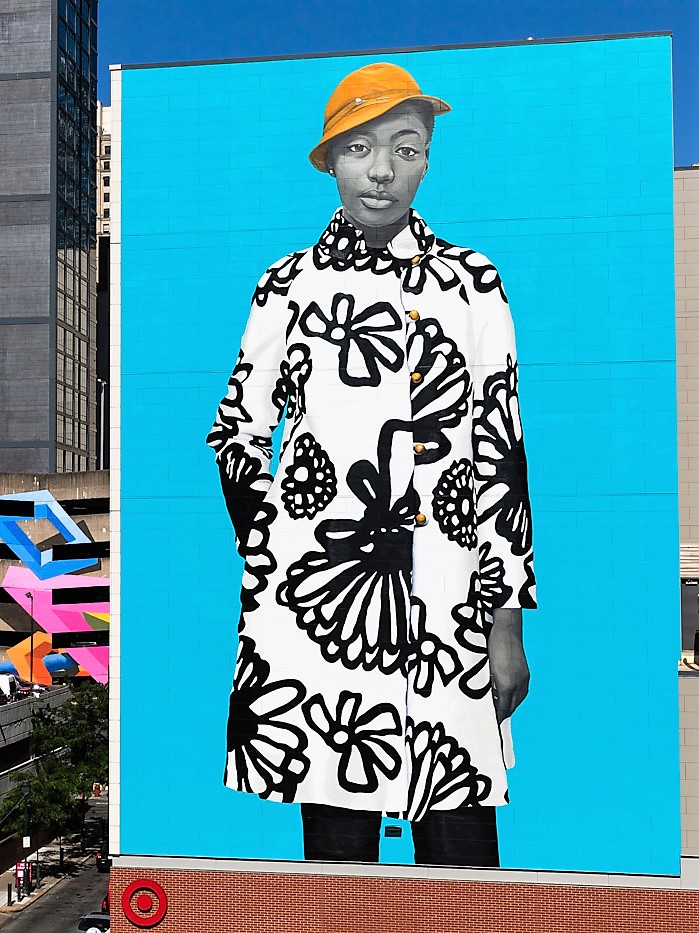Using Art & Algebra to Heal

One year ago, my community suffered a devastating loss, which called into question the very systems upholding the safety of the neighborhoods my students and I call home. In the wake of this tragedy, street art has been popping up around the community. This art is varied and unique, giving a platform to unheard voices. It is empowering, celebrates diversity, and represents an outcry for justice. I began to wonder how I could include these amazing pieces in my classroom to foster conversation, create an opportunity for my students to share, listen, and learn from one another, and connect with what I’m teaching in Algebra.
Through this fellowship, I will travel to Philadelphia, home to the nation’s largest public art program. I will explore the Philadelphia Mural Arts Program, learning about the ways that one community has used art to ignite change. My primary activity while traveling will be to explore the murals of Philadelphia, the world’s largest open-air art gallery. I will participate in three different walking tours, led by professional guides and local experts:
- The “Mural Mile City Center” tour will introduce me to the stories of Philadelphia’s culturally rich downtown.
- The “West Philadelphia” tour will teach me about leaders and change-makers who faced tremendous barriers and
paved the way for change in Philadelphia for years to come. - Lastly, the “Morals & Murals: Tales from Our Hood” tour will use art to teach me about the experiences of life in Philadelphia from one of its very own community members.
- Photo courtesy of Philly Experiences LLC.
- Untitled Amy Sherald project. Photo by Steve Weinik.
- Tuskegee Airmen: They Met the Challenge by Marcus Akinlana. Photo by Jack Ramsdale.
Once home, I will reframe my Linear Functions unit through the lens of art – drawing inspiration from both the established art scene of Philadelphia and new works of street art appearing in my own community.
My ultimate goal is to explore how art can empower personal expression, celebrate who we are, and move us forward, while also deepening connections to foundational Algebraic understanding.
I will utilize what I’ve learned to reframe my Linear Functions unit, a foundational skill for Algebra and higher-level math, through the lens of art. I hope that through this reimagining, I will be able to better engage my students in learning, make my curriculum more representative of my students and their experiences, and connect the content to my students’ realities. As we move further into our unit, exploring art will drive our mathematical learning. We will use graphing software to recreate parts of the murals that sparked the students’ interests, exploring how modifying the slope, y-intercept, or domain of a function changes the design of a piece.
After using Philadelphia’s murals to explore linear functions, students will leverage their mathematical understanding and creative inspiration to create their own piece of original “linear artwork.” They will first design their art using graphing software, and then bring their artwork to life on the walls of our school. My principal has already given her permission for a student mural, and I colleagues in the art department who are willing and eager to collaborate with me on this endeavor.
I work in a district where, according to our most recent state-wide test, only 29.3% of students are proficient at math. We know that algebra is a gateway to graduation and future success in college and careers, so our school has responded by doubling the amount of time our students spend learning math. Even so, students are still struggling. Despite my best efforts to bring the world into our classroom, many students wonder, “Why do we have to learn this?” It can be challenging to find authentic opportunities to connect social justice to my curriculum. This problem is complex and I certainly don’t have all of the answers. But I do know that when students feel disconnected from the content being taught, their engagement, and ultimately learning, suffers. If students feel that what they’re learning doesn’t matter, some don’t buy into what’s happening in the classroom. If the world around my students feels like it is imploding, and I as an educator do nothing to address it, I am tone deaf to the lives they lead.
[minti_divider style=”1″ icon=”” margin=”20px 0px 20px 0px”]
Emily Kjesbo-Johnson teaches high school math and drama at Washington Technology Magnet School in Saint Paul, MN. She has been teaching since 2008 after working as a Peace Corps volunteer in Uganda and an AmeriCorp volunteer on Saint Paul’s West Side. Emily holds an undergraduate degree from Bethel University and a Masters in Teaching from Hamline University. She is also a two-time FFT Fellow.
- In 2019, Emily captured in virtual reality Thailand’s history, culture and architecture to create case studies for the analysis of geometric properties and theorems set amidst the rich backdrop of the Southeast Asian nation. Here is her summary of this fellowship.
- In 2014, she used a grant to explore how Apartheid continues to affect issues of racial injustice, self worth, motivation and academic achievement to inform discussions on social justice and build a math curriculum based on the principals of reconciliation. Watch her presentation about this experience here.
Emily was awarded one of Fund for Teachers’ new Innovation Grants to undertake her research in Philadelphia this summer. Click here for additional Innovation Grant recipients and to be inspired by their plans.
 Back to Blogs
Back to Blogs


